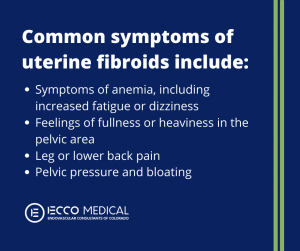
If you have been diagnosed with Idiopathic Intracranial Hypertension (IIH) – an increased pressure inside the skull – then you know it can be a pain in the neck (literally and figuratively). Let’s examine the various options available for intracranial hypertension treatment.
Be attentive to medications
While definitive treatment for IIH has yet to be discovered, doctors can employ drug-based treatments to reduce the pressure and help manage the condition. Common medications used for this purpose include diuretics, steroids, medications for weight loss and acetazolamide.
Try tapping into dietary solutions
Because IIH is often related to obesity, certain dietary changes may be employed to help reduce the symptoms on the condition. It is important to maintain a healthy diet, consistent with American Heart Association guidelines, and pay special attention to your salt, caffeine and alcohol intake. Some people with IIH have even seen improvements with special diets of low carbohydrate and low fat.
Interventional radiology – a valuable treatment for Idiopathic Intracranial Hypertension
Interventional radiology offers a world of possibilities when it comes to treating IIH. These innovative procedures are minimally invasive, meaning less downtime and a quicker recovery compared to traditional surgery.
One weapon in the arsenal of interventional radiologists is called venous sinus stenting. It is like a support beam for your brain’s drainage system, ensuring proper fluid flow and reducing pressure build-up. Think about the procedure like you think about a plumber fixing a clogged drain – as strange as this comparison may seem. By placing a small stent in the affected veins, interventional radiologists can restore harmony to your intracranial world.
But that is not all. Another technique in their repertoire is called optic nerve sheath fenestration. It is like giving your optic nerves a breath of fresh air. By creating small openings in the protective sheath around the optic nerves, pressure is relieved and symptoms are alleviated.
Eye on the prize
It is possible to manage the symptoms of Idiopathic Intracranial Hypertension; however, there is no one “cure” for the disease itself. It is important to remember that, while treating IIH can be a long and daunting journey, there are reasons to remain hopeful. With proper management, the prognosis is generally good, so do not forget to keep an eye on the prize: a healthy, active lifestyle!
Regular physician visits are key
It is a sad but undeniable fact of life that idiopathic intracranial hypertension or IIH is on the rise. Many individuals around the world do not even know they have this condition and thus, cannot seek timely medical attention and treatment. To tackle this, it is important to understand the role of prevention.
Though it may be tempting to skip your yearly check-ups, remember that regular visits to your doctor are key to properly managing your condition. Do not wait until the symptoms become unbearable – stay on top of your situation by attending regular check-ups and discussing any concerns you may have.
When tackling IIH treatment, you can be your own biggest ally. Do not forget to stay aware and alert of your situation, monitor your medications, and maintain a healthy diet – and you will be well on your way to keeping the heat off your neck (and inside your skull) with idiopathic intracranial hypertension treatment.

